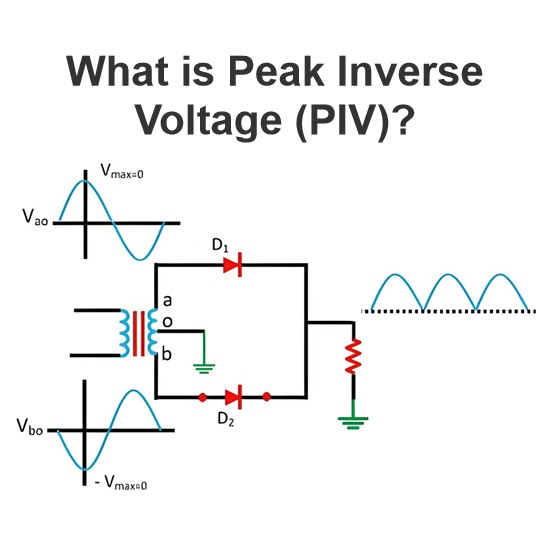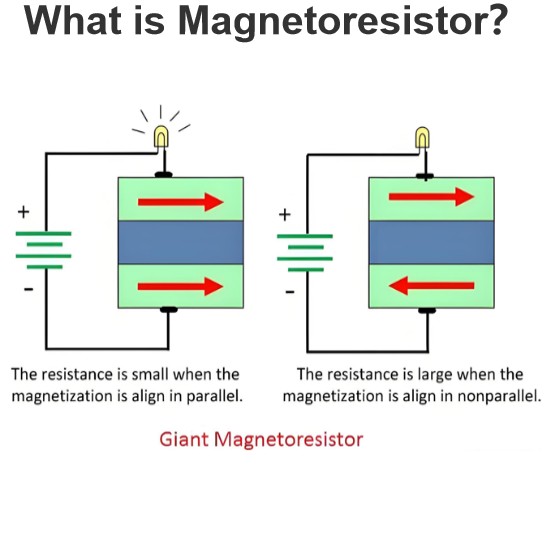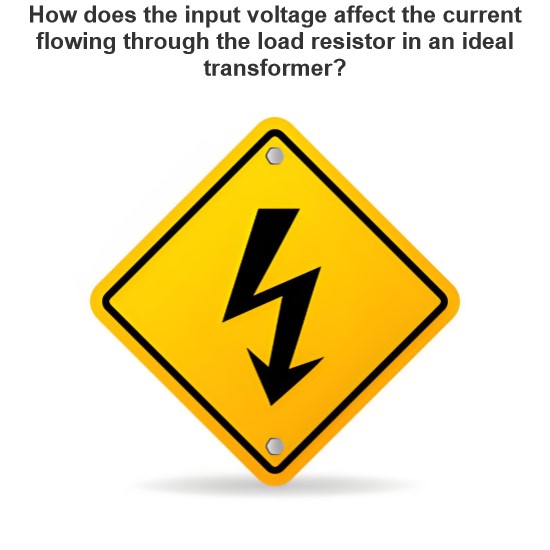Whether the battery can be used as the primary input of the transformer
Transformer operating conditions and battery use
The basic function of transformer
A transformer is an electrical device used to change voltage and current, which converts one voltage or current into another through the principle of electromagnetic induction. The transformer itself does not have the ability to provide power, it must be connected to an existing power supply or grid to work properly.
The design of the transformer is based on the phenomenon of electromagnetic induction, that is, by changing the magnetic field to affect the current on the wire, resulting in the electromotive force.
The battery acts as the primary input voltage
When considering using a battery as the primary input voltage for a transformer, it is important to note that the battery provides a DC voltage, while the transformer is designed for AC voltage.
Although some transformers may be designed to handle specific DC inputs, this is not their standard mode of operation. In addition, the output voltage and current of the battery are usually low, while the primary winding of the transformer usually requires a higher voltage to efficiently transfer energy.
Combination of transformer and battery
If you try to use the battery as the primary input voltage of the transformer, you may encounter several problems. First, the output voltage of the battery may not be enough to drive the primary winding of the transformer, resulting in the transformer not working properly.
Second, even if the voltage of the battery is sufficient to drive the primary winding, the transformer is not designed to handle DC power, so it may not be able to perform the voltage transformation properly without AC input. In addition, connecting the battery directly to the primary winding of the transformer may result in a short circuit or other safety hazards.
Security and compliance considerations
Before using any type of battery with a transformer, it is important to consider safety and compliance factors. The internal structure and working principle of the transformer are not related to types of batteries such as lithium batteries, so the transformer usually does not contain lithium batteries.
Connecting the battery directly to the transformer may violate the safety specifications of the device and may result in a fire or other safety incident.
Conclusion
In summary, if the battery is used as the primary input voltage, the transformer may not function properly, and such an attempt may pose a safety risk. For safety and to ensure proper use of the equipment, it is recommended to follow the manufacturer's guidelines and ensure that all equipment is used as designed.
The Electricity Encyclopedia is dedicated to accelerating the dissemination and application of electricity knowledge and adding impetus to the development and innovation of the electricity industry.













